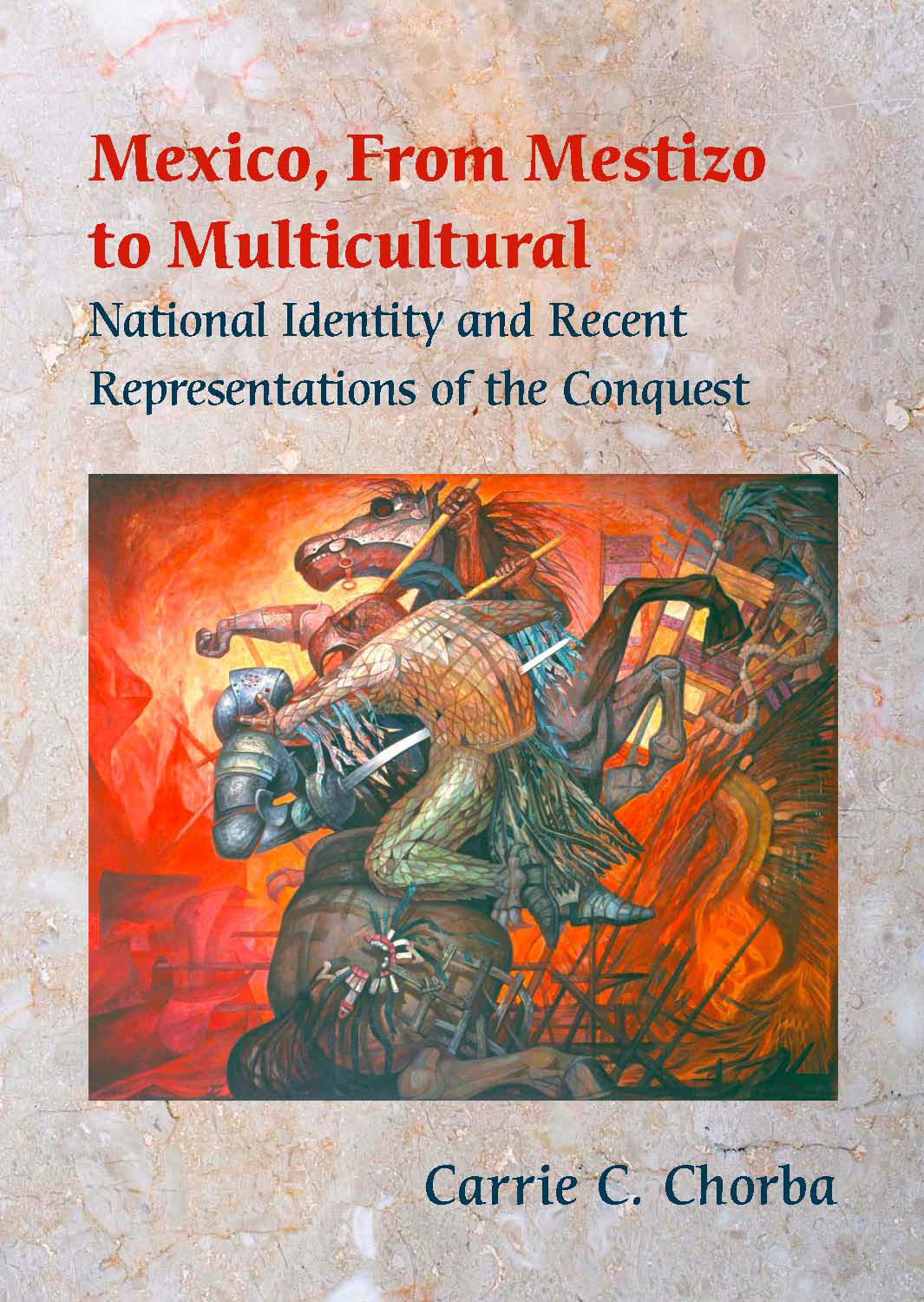Mexico, From Mestizo to MulticulturalPosted in Anthropology, Books, Caribbean/Latin America, Communications/Media Studies, History, Literary/Artistic Criticism, Media Archive, Mexico, Monographs on 2013-09-21 05:16Z by Steven |
Mexico, From Mestizo to Multicultural
Vanderbilt University Press
2007-06-29
254 pages
7in x 10in
60 Illustrations
Paperback ISBN: 9780826515391
Hardback ISBN: 9780826515384
Carrie C. Chorba, Associate Professor of Spanish
Claremont McKenna College, Claremont, California
In Mexico, the confluence of the 1992 Quincentennial commemoration of Columbus’s voyages and the neo-liberal sexenio, or presidency, of Carlos Salinas de Gortari spurred artistic creations that capture the decade like no other source does. In the 1990s, Mexican artists produced an inordinate number of works that revise and rewrite the events of the sixteenth-century conquest and colonization. These works and their relationship to, indeed their mirroring of, the intellectual and cultural atmosphere in Mexico during the Salinas presidency are of paramount importance if we are to understand the subtle but deep shifts within Mexico’s national identity that took place at the end of the last century.
Throughout the twentieth century, the post-revolutionary Mexican State had used mestizaje as a symbol of national unity and social integration. By the end of the millennium, however, Mexico had gone from a PRI-dominated, economically protectionist nation to a more democratic, economically globalizing one. More importantly, the homogenizing, mestizophile national identity that pervaded Mexico throughout the past century had given way to official admission of Mexico’s ethnic and linguistic diversity–or ‘pluriculture’ according to President Salinas’s 1992 constitutional revision.
This book is the first interdisciplinary study of literary, cinematic, and graphic images of Mexican national identity in the 1980s and ’90s. Discussing, in depth, writings, films, and cartoons from a vast array of contemporary sources, Carrie C. Chorba creates a social history of this important shift.
